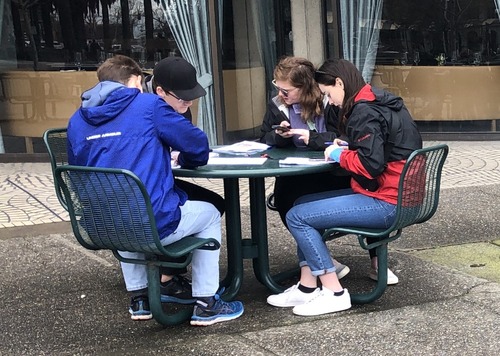How to Build Great Puzzles: Tips for Creators and Treasure Hunt Designers
Whether you’re crafting a single riddle or designing an entire treasure hunt, building a great puzzle is part art, part science—and a lot of fun. At Mr Treasure Hunt, we’ve seen firsthand how the right puzzle can spark joy, build connections, and deliver that unbeatable “aha!” moment. If you’re looking to create puzzles that challenge and delight, here are some key principles to guide your design process:
1. Build the Types of Puzzles You Like to Solve
The best puzzles start with the creator’s own curiosity. If you’re excited by the puzzle, chances are your solvers will be too. Designing with your own tastes in mind ensures authenticity—and often leads to your most creative ideas.
2. Make the Puzzle Solvable—with Some Effort
Striking the right level of difficulty is crucial. Aim for that sweet spot where solvers feel challenged but never overwhelmed. A great puzzle should make people think—but also reward them for sticking with it.
3. Reduce Confusion and Eliminate Ambiguity
Clarity makes for a better solving experience. Avoid clues that can be interpreted in multiple ways unless ambiguity is part of the design. Each puzzle should guide solvers toward a single, definite solution—one that feels earned when they reach it.
4. Mix Puzzle Styles to Let Everyone Shine
Especially in team settings, variety is your friend. Include visual puzzles, logic problems, wordplay, codes, and spatial challenges. Different brains excel at different things, so a range of puzzle types ensures everyone on the team can contribute.
5. Keep Treasure Hunt Locations Accessible and Thoughtfully Placed
If you’re designing a real-world treasure hunt, make sure your locations are walkable, safe, and spaced to create a sense of journey without exhausting your participants. The hunt should feel like an adventure, not a marathon.
6. Assume Solvers Will Use All Their Tools—Phones, AI, and Beyond
Today’s solvers are savvy. They’ll Google clues, use translation apps, or even ask AI for help. Try designing puzzles that can’t be easily solved with a quick search—such as those that rely on in-person observation, lateral thinking, or playful misdirection.
7. Know Your Audience
Are you designing for kids? Corporate teams? Trivia buffs? Tailor your puzzles to your group’s knowledge base, interests, and attention span. A puzzle that’s perfect for a group of software engineers might fall flat with a group of tourists—and vice versa.
8. Use Images and Interactive Elements for a More Engaging Experience
A picture really can be worth a thousand words. Visual puzzles, audio clues, or even physical artifacts add excitement and immersion. These multi-sensory elements can draw players in and make the overall experience more memorable.
9. Use Instructions to Fine-Tune Difficulty
A few extra hints can make a tough puzzle more approachable. On the flip side, removing a bit of guidance can make a familiar puzzle feel new and challenging. Use instructions as a tool to balance difficulty depending on your goals and your group.
Designing a great puzzle is more than just coming up with a tricky question—it’s about creating an experience. Whether you’re building a single clue or planning a full-blown adventure, keep these tips in mind to ensure your puzzles are fair, fun, and unforgettable.
Want to put these ideas into action? Book a custom treasure hunt with Mr Treasure Hunt and let us bring your group a puzzle-filled adventure like no other!
Try a Mr Treasure Hunt clue here
Contact Mr Treasure Hunt for more information on how we create and customize clues for your events!

